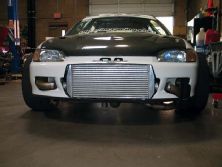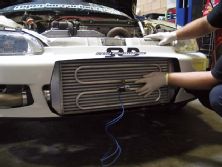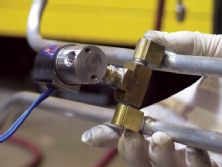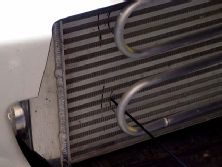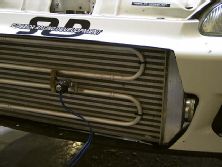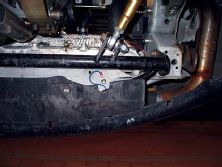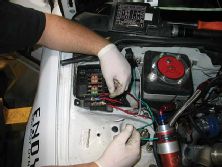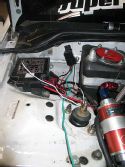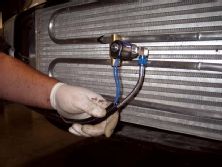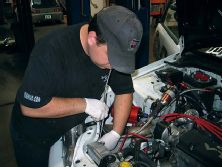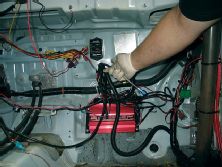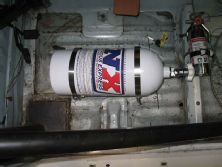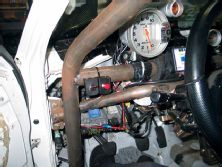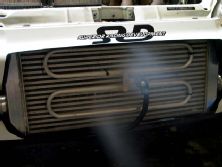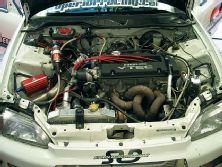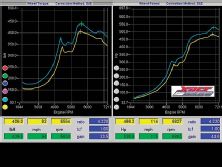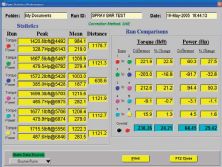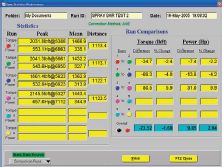This big mouth is SRD's '93 Civic drag car, powered by a sleeved, Endyn-built H22. The massive intercooler is fed by an equally massive GT35 turbo usually pushing 25 psi of boost.
Scared of nitrous and what it might do to your engine? Don't be. Nitrous is one of the most incredible power adders there is. Misuse of nitrous is what makes people scared. But if you're still not ready for nitrous on your turbo engine, here's another option: a nitrous spraybar mounted in front of your intercooler.
Simply put, spraying gas on the intercooler superchills it, making for a nice, icy intake charge. Cool air means more density (more oxygen), more density equals more explosive combustion, and better combustion means more trips to TireRack.com for new meats. Sounds great, right? Let's see if it makes a pit of difference.
We got hold of the Nitrous Express N-tercooler system and latched it onto Superior Racing Development's Civic drag car. SRD's car has a fully sleeved Endyn-built H22 engine with a big GT35 turbo. It's made 700-wheel hp at 25 psi, though we dialed it down to 16 psi for all our tests.
The install was easy and done in less than three hours. Because we had such a huge intercooler and because NX sent us a pair of loops, the SRD racecar has dual N-tercoolers fed by a single solenoid. This definitely helped, as on an intercooler this big, it's the right thing to do.
The dyno charts say it all. Temperatures at Xact Dyno (Tempe, Ariz.) were between 93-97 degrees F and all runs happened on a Dynapack hub dyno. With the engine fully warmed, we did three fourth-gear pulls with only one minute in between, deliberately trying to heat soak the intercooler. The three "before" runs were less than three percent apart, excellent for a boosted car. Ten minutes later, we ran again but with the N-tercooler. It sprayed for five seconds, then we did a 12-second dyno run. Again, we waited only one minute in between runs.
We saw the biggest gain on the first run with the N-tercooler, a huge 67-wheel-hp increase vs. the first run without the N-tercooler. The next two runs lost about 10-wheel hp from the run before as heat-soak took hold. Our top gain was impressive enough that were we to use this as a long-term solution, we'd reprogram the Hondata, since our AFR got nearly one point leaner--a little too dangerous.
Despite the horsepower gains, we only saw a five-degree drop in air temps from the datalogger (three degrees without the N-tercooler). We attribute this mostly to the position of the air intake temp sensors (intake manifold) in most H- and B-series engines and their notoriously slow response.
But temperatures are of little concern. What really counts is what we see on the screen. Keep in mind our 67-wheel-hp gain is relative to the setup we're running, but even a regular 1.6/1.8/2.2-liter engine under mild boost will benefit from a superchilly intake charge. This is an easy, no-brainer solution to more power and better e.t.s.

